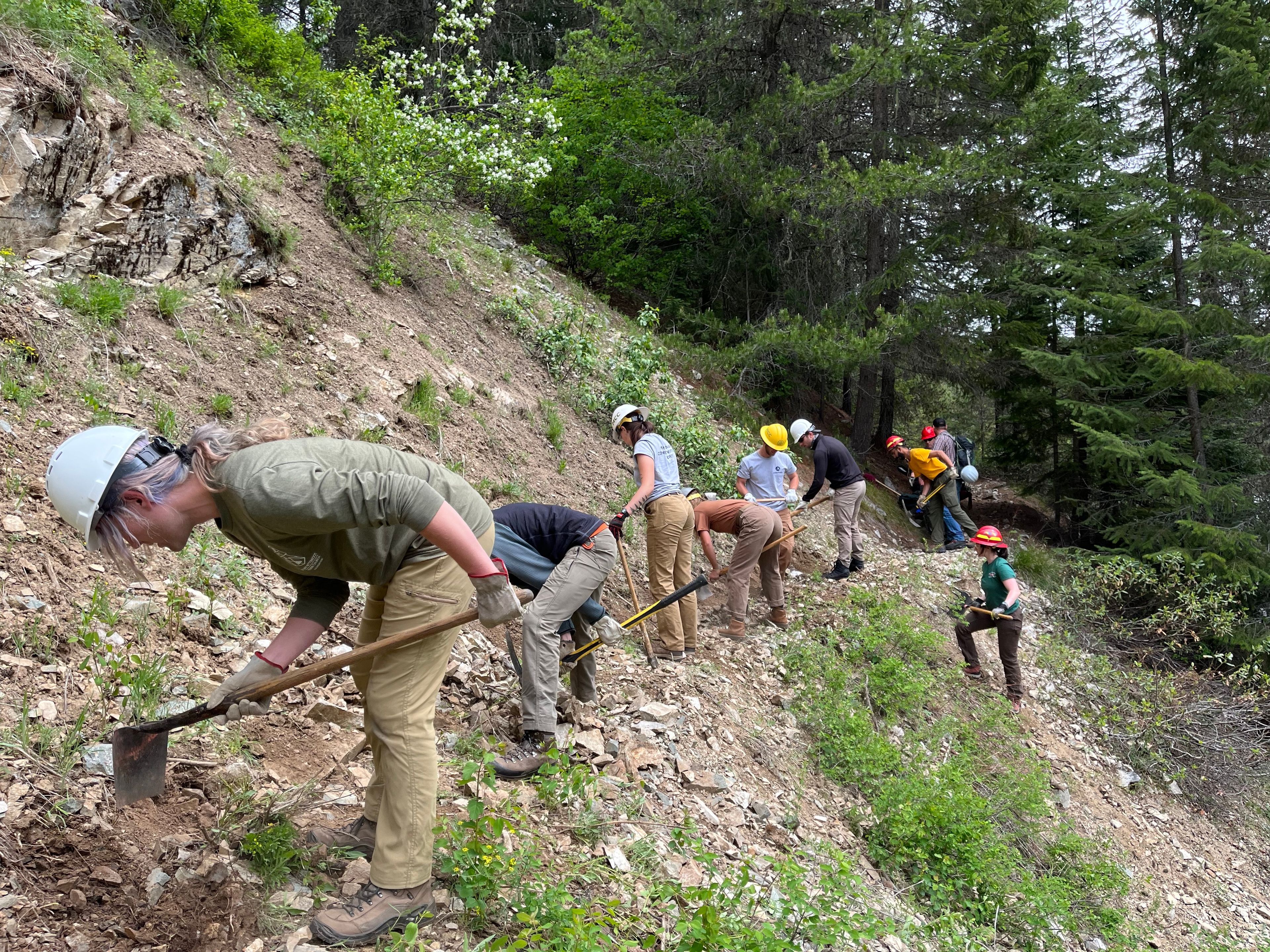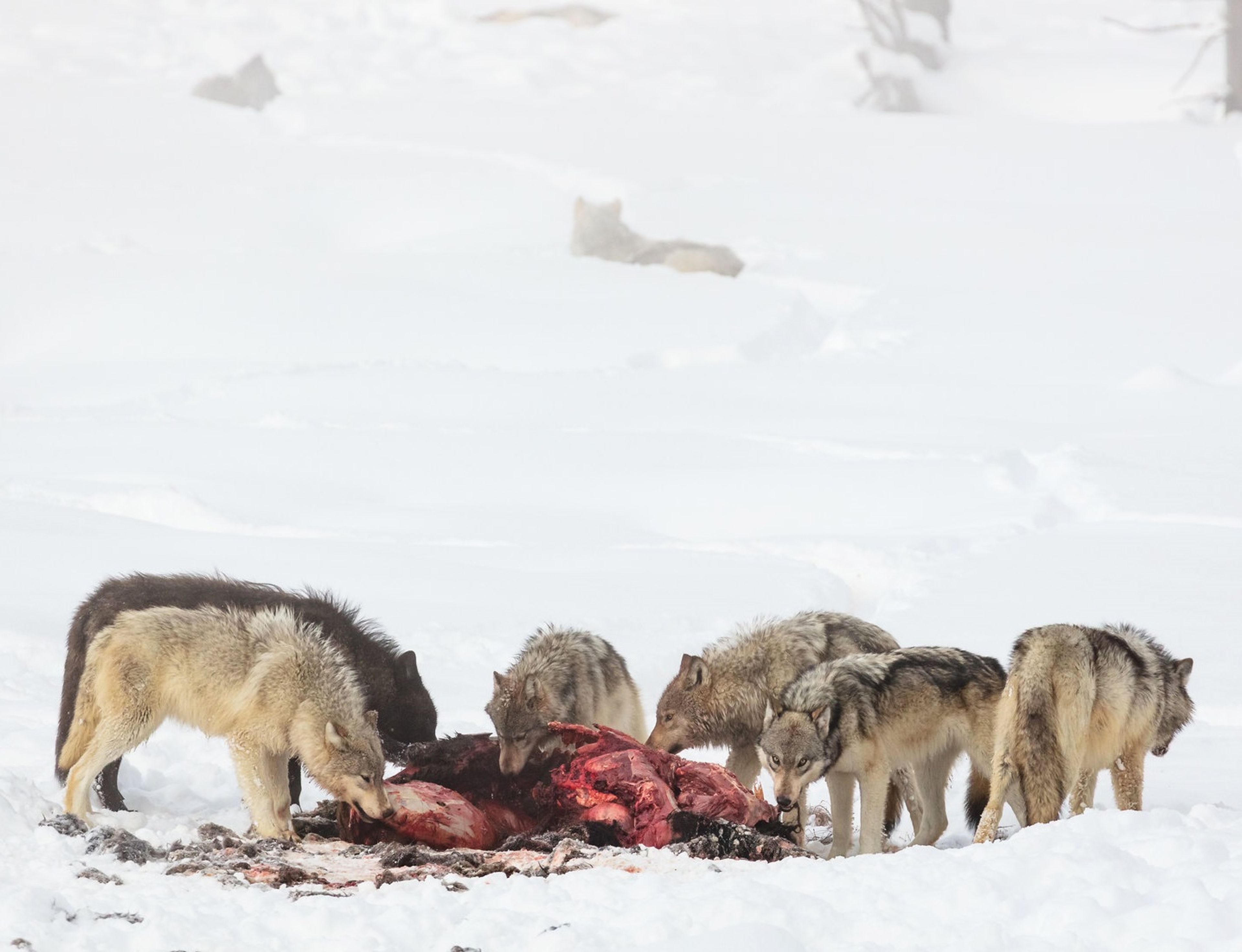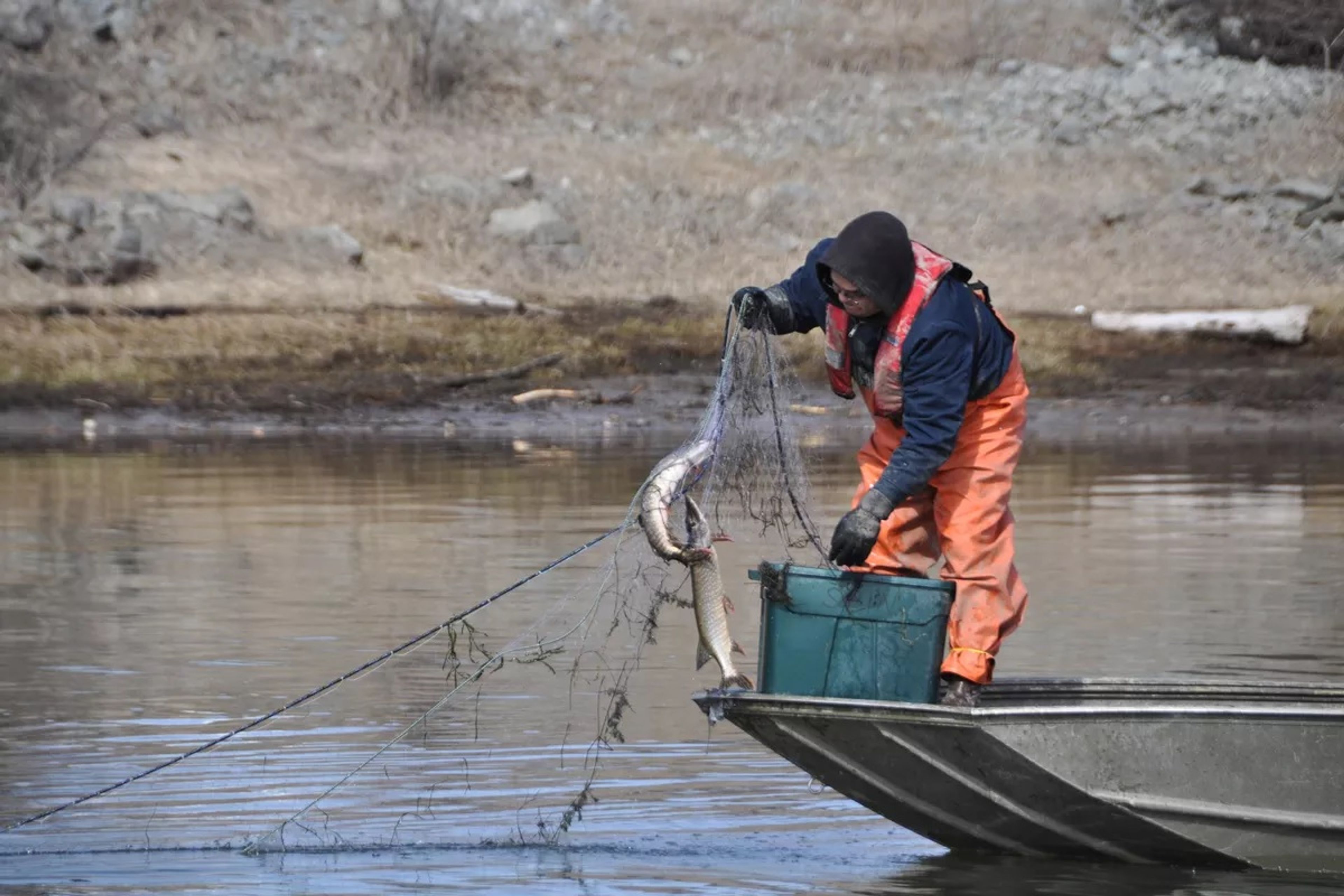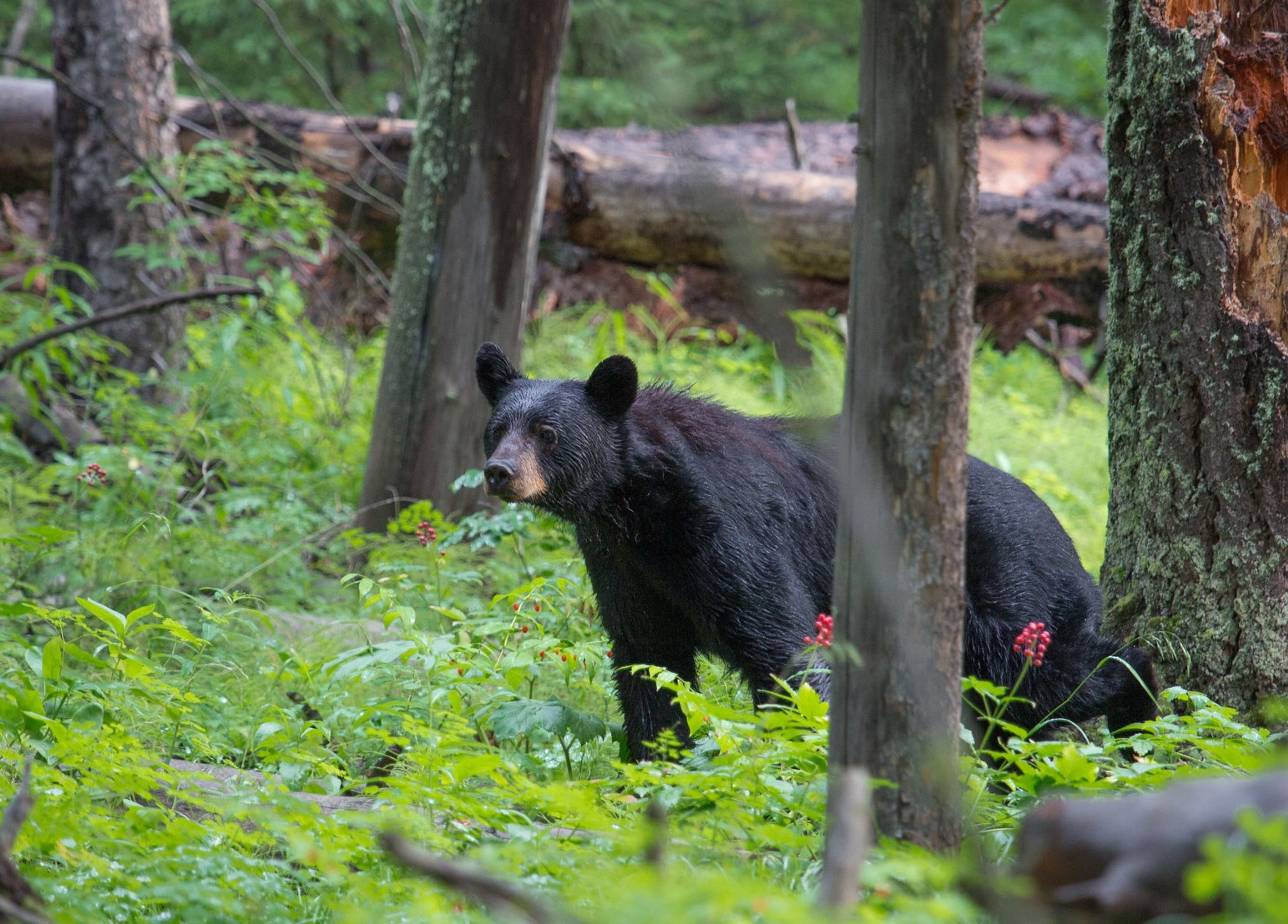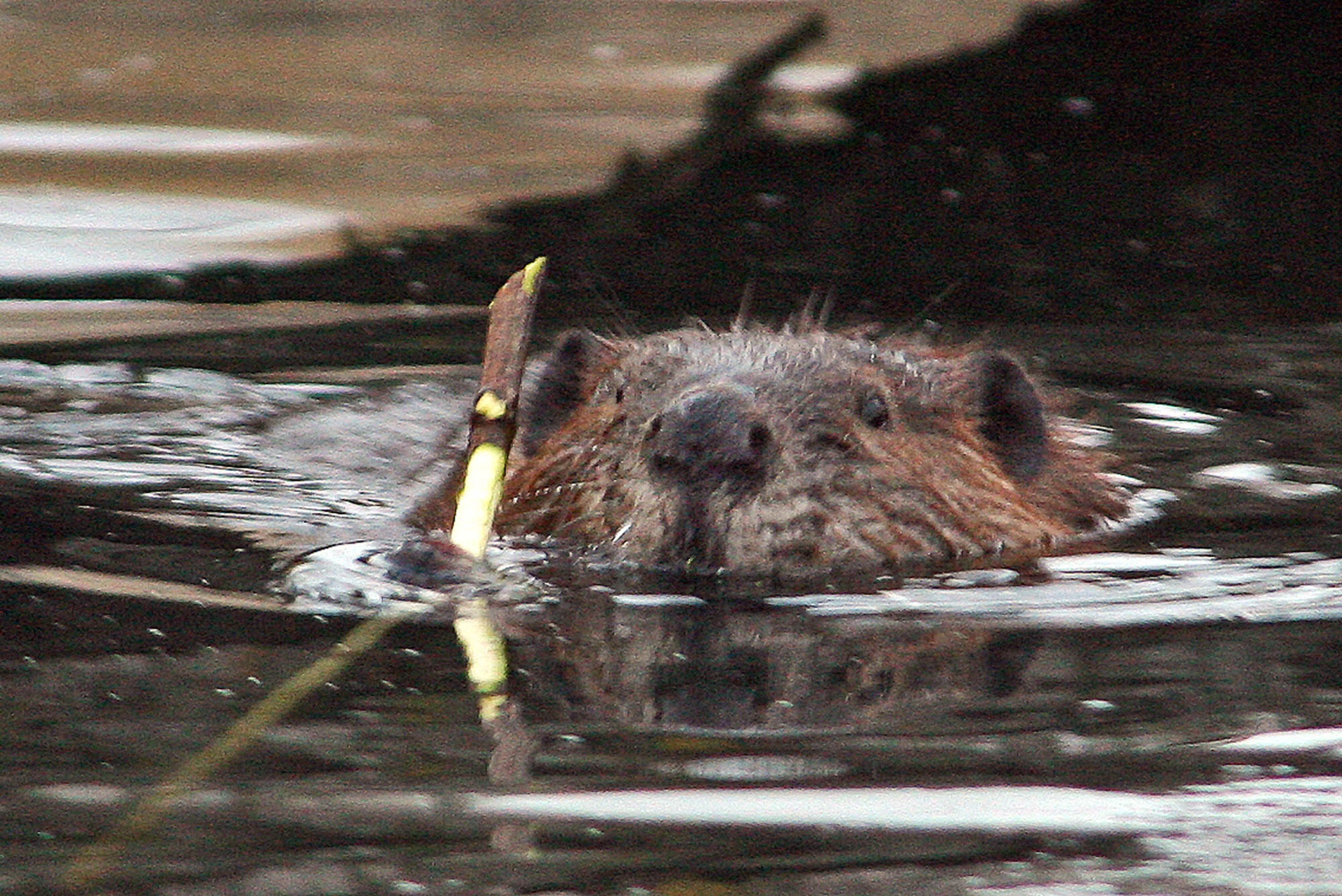Forest Service freezes out temporary workforce
A freeze on hiring some seasonal employees across the U.S. Forest Service will have local impacts, but the agency has taken steps to protect some positions from going dark.
Forest Service Chief Randy Moore told employees in a call in September that reduced budget projections for the next fiscal year prompted the agency to pause the hiring of all nonfire temporary seasonal employees, a broad category that includes some 2,400 positions across several agency programs nationwide.
The decision does not affect the agency’s seasonal wildfire crews, which will be hired as usual. But it does mean there will be fewer staffers performing a number of important duties on national forests, such as trail maintenance, managing recreational facilities and monitoring fish and wildlife.
Temporary seasonal employees are often referred to as 1039s, a nod to the number of hours they work each year. They are different from permanent seasonal employees, who only work part of the year but don’t have to reapply for their positions each year.
Over the past few years, the agency has converted many of its temporary seasonal positions into permanent seasonal jobs. Moore told employees that they had done so for about 1,400 positions.
That blunts the impact of the wholesale cut of temporary seasonals somewhat, but it’s still going to hurt. Forest Service officials are being tight-lipped on many of the details of the cut, so the exact impacts on the forests closest to Spokane are hard to tease out.
The Colville National Forest had 45 temporary seasonal employees during this past fiscal year, said Jeffrey Todd, a forest spokesperson. Of those, 21 have been converted to permanent seasonal positions. Because of the freeze, the agency has no plans to hire the remainder of those positions.
Todd said the Colville forest’s temporary seasonal employees worked in a variety of programs, including botany, fisheries, timber and more, but he could not provide a more detailed breakdown.
Details for the Idaho Panhandle National Forest and Nez Perce-Clearwater National forests are murkier.
Cassie Wandersee, the Forest Service’s regional spokesperson, provided details for all of Region 1, which includes 10 forests and grasslands from the Panhandle east to North Dakota, but did not provide details specific to the Idaho forest.
Across the entire region, the agency had 100 temporary nonfire seasonal employees at the peak of its 2024 field season, Wandersee said in an emailed statement. The region also has more than 400 permanent seasonals.
Among the positions the agency converted from temporary to permanent seasonal were those at some of its avalanche centers. The Billings Gazette reported that the Gallatin National Forest Avalanche Center in Bozeman had transitioned its temporary employees to permanent status over the past few years.
The Forest Service’s budget is controlled primarily by Congress. Like the rest of the federal government, it’s funded by a continuing resolution that lasts until Dec. 20.
Agency officials don’t know for sure what their funding will look like after that date. The decision to nix temporary seasonals was made in an effort to plan for the “most conservative funding picture.”
